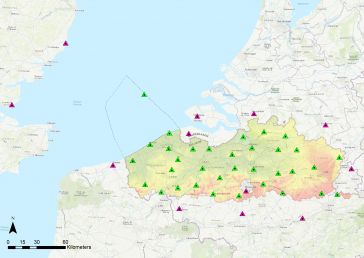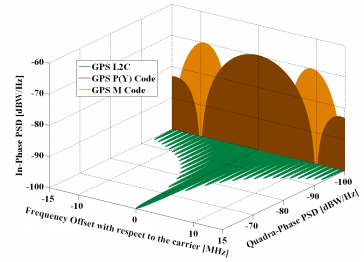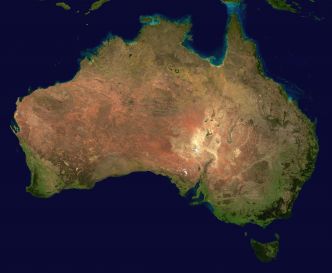

Elevating knowledge: read our in-depth features

A continuously operating reference station (CORS) provides GNSS data to support very accurate 3D positioning and additional geophysical applications. Flemish Positioning Services (FLEPOS) is the real-...

Have you ever wondered about the GPS signal-tracking capabilities ‘L1P, L2E'? One of our readers asked our specialist for an explanation, and this is what he replied. We received the following quest...

A solution based on global augmentation services could hold the key to performing near-real-time GNSS corrections to support high-precision dynamic applications such as autonomous driving. Mobile mapp...

The Australasian region took a major step towards gaining its first-ever satellite-based augmentation system (SBAS) in early 2017. That is when the governments of Australia and New Zealand agreed to f...

Mobile mapping is well past the tipping point and is about to go mainstream. Read this column by Felix Reinshagen to find out why. In his previous column about the future of indoor mobile mapping, Fel...

Lead contractor Tarmac, along with its industry leading road planing business, NRP, racetrack specialist Dromo and project partner Topcon Positioning Group, combined expertise with innovative surveyi...
Geneq has announced the introduction of SXblue GLOBE, representing a new step in innovation for GNSS positioning and GIS technology. Engineered to be employed in the most challenging field conditions,...
Septentrio’s collaboration with major drone solutions providers is driving new products allowing easier prototyping or integration of its Mosaic GNSS receiver into uncrewed aerial vehicles (UAVs or ...
SingularXYZ has presented its latest innovation for geospatial professionals: the X1 Pro GNSS receiver. This new device aims to refine precision in surveying technology with a range of features tailor...
Topcon Positioning Systems has presented the latest addition to its HiPer family of global navigation satellite system (GNSS) receivers. The HiPer CR is a compact and lightweight GNSS receiver designe...
ComNav Technology has introduced its new handheld P6H. This advanced and rugged device is tailor-made for GIS data collection and outdoor operations. Featuring a GNSS high-precision positioning module...
Inertial Labs has unveiled its latest innovation: high-precision three-axis accelerometers (TAA). These compact, self-contained devices mark a significant leap forward in navigation-grade acceleromete...
Positioning, in its essence, represents the meticulous process of accurately determining the spatial location of an object concerning a specific framework or datum. This fundamental concept of positioning plays an indispensable role in the domains of geography and hydrography, persistently guiding the quest to pinpoint the precise locations of the objects and features we seek to measure and understand.
Depending on the specific application at hand, the framework within which positioning occurs can be either of a global or local nature. When thinking on a global scale, the utilization of advanced techniques like Global Navigation Satellite Systems (GNSS) comes into play. In this scenario, the framework for positioning is meticulously defined by geodetic coordinate reference systems, ensuring the utmost accuracy in spatial determinations on a planetary scale.
Conversely, in more localized settings, positioning takes on a distinct character, tailored to the unique demands of specific tasks. For instance, in the realms of construction and engineering, the precision of positioning is paramount, and it's achieved through instruments such as the Total Station, allowing for the highly accurate alignment and placement of structures and infrastructure. Meanwhile, indoor navigation is another intriguing facet of local positioning, where the frameworks are often established within the confines of buildings, where technologies like indoor positioning systems enable precise and efficient navigation.
As we delve deeper into the world of positioning, it becomes evident that this art and science of location determination extends its influence far and wide, offering versatile solutions for diverse applications, all while maintaining an unwavering commitment to spatial accuracy.
This site uses cookies. By continuing to use this website, you agree to our Cookies Policy. Agree